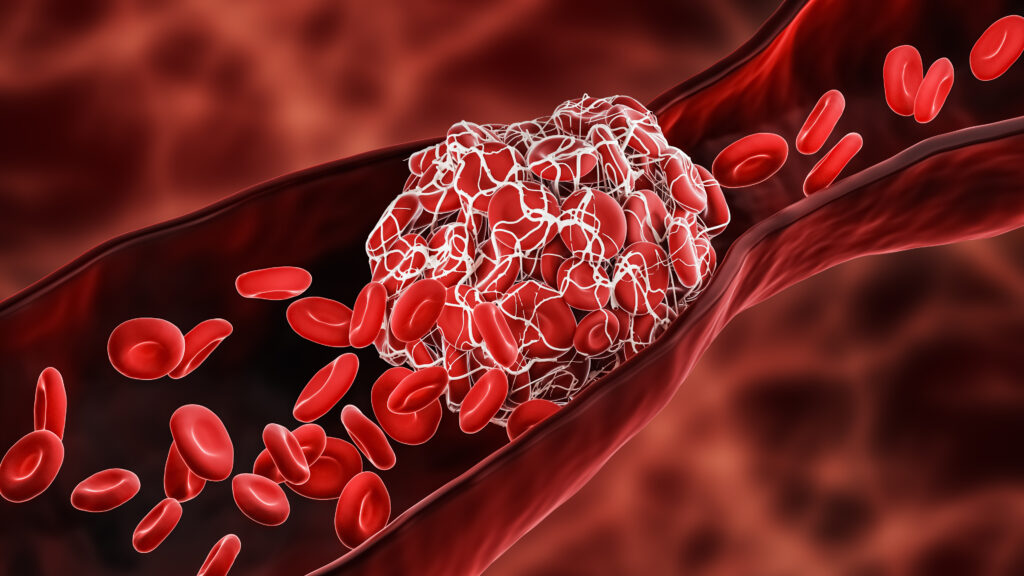Now live! RTHM Direct – simplified medication access for Long COVID, ME/CFS and related conditions. Check it out
Long COVID, characterized by a range of lingering symptoms post-recovery from the acute phase of COVID-19, has left many puzzled. But what causes Long COVID? Let’s delve into the current understanding of this perplexing condition and the potential underlying mechanisms responsible for Long COVID.
Understanding Long COVID
Long COVID, also known as Post-Acute Sequelae of SARS-CoV-2 infection (PASC), is a term used to describe a group of symptoms that continue for weeks, months, or even years after the acute phase of COVID-19 has resolved. Symptoms can range from fatigue, brain fog, and shortness of breath, to more severe complications involving the heart, lungs, and neurological system.
Potential Causes of Long COVID
- Persistent Inflammatory Response – One leading hypothesis suggests that Long COVID results from a persistent inflammatory response triggered by the initial COVID-19 infection. The virus may stimulate an overactive immune response that continues even after clearing the virus, leading to ongoing symptoms.
- Viral Persistence – Another theory is that of viral persistence. While most people clear the virus from their respiratory tract quickly, it’s possible that in some cases, the virus may become dormant in different areas of the body and reactivate, causing Long COVID symptoms. However, evidence to support this theory is currently ongoing.
- Reactivation of Other Viruses – COVID-19 infection may also reactivate other viruses, such as the Epstein-Barr virus. This reactivation could lead to the array of symptoms associated with Long COVID.
- Organ Damage – COVID-19 can cause damage to various organs, including the heart and lungs. This damage could lead to long-term symptoms. For instance, lung damage could result in persistent shortness of breath, while heart damage could lead to ongoing cardiovascular issues.
- Autoimmunity – During the acute COVID-19 infection, the SARS-CoV-2 virus triggers the body to create autoantibodies that mistakenly attack healthy cells, resulting in some of the symptoms seen in Long COVID.
- Microclotting and Endothelial Dysfunction – During acute COVID-19, the SARS-CoV-2 may cause direct damage to endothelial cells, leading to endothelial damage that can contribute to the symptoms seen in Long COVID. In addition, Resia Pretorius, a physiologist at Stellenbosch University in South Africa, and additional colleagues discovered the presence of microclots in many patients with Long COVID that are not detectable through traditional laboratory testing. Many chronic symptoms in those with Long COVID link back to these microclots.
 Continual Research into Long COVID is Necessary
Continual Research into Long COVID is Necessary
While the exact cause of Long COVID remains a subject of ongoing research, understanding the potential causes can help guide treatment strategies and preventive measures. As scientists continue to study this condition, it’s crucial for those experiencing lingering symptoms after a COVID-19 infection to seek medical attention. With time and continued research, the medical community hopes to understand better what causes Long COVID and how best to treat it.
Remember, while this article provides an overview of the current understanding of Long COVID, it’s always essential to consult with healthcare professionals, such as the team at RTHM, for medical advice and Long COVID treatment.

Get updates
Join our mailing list



